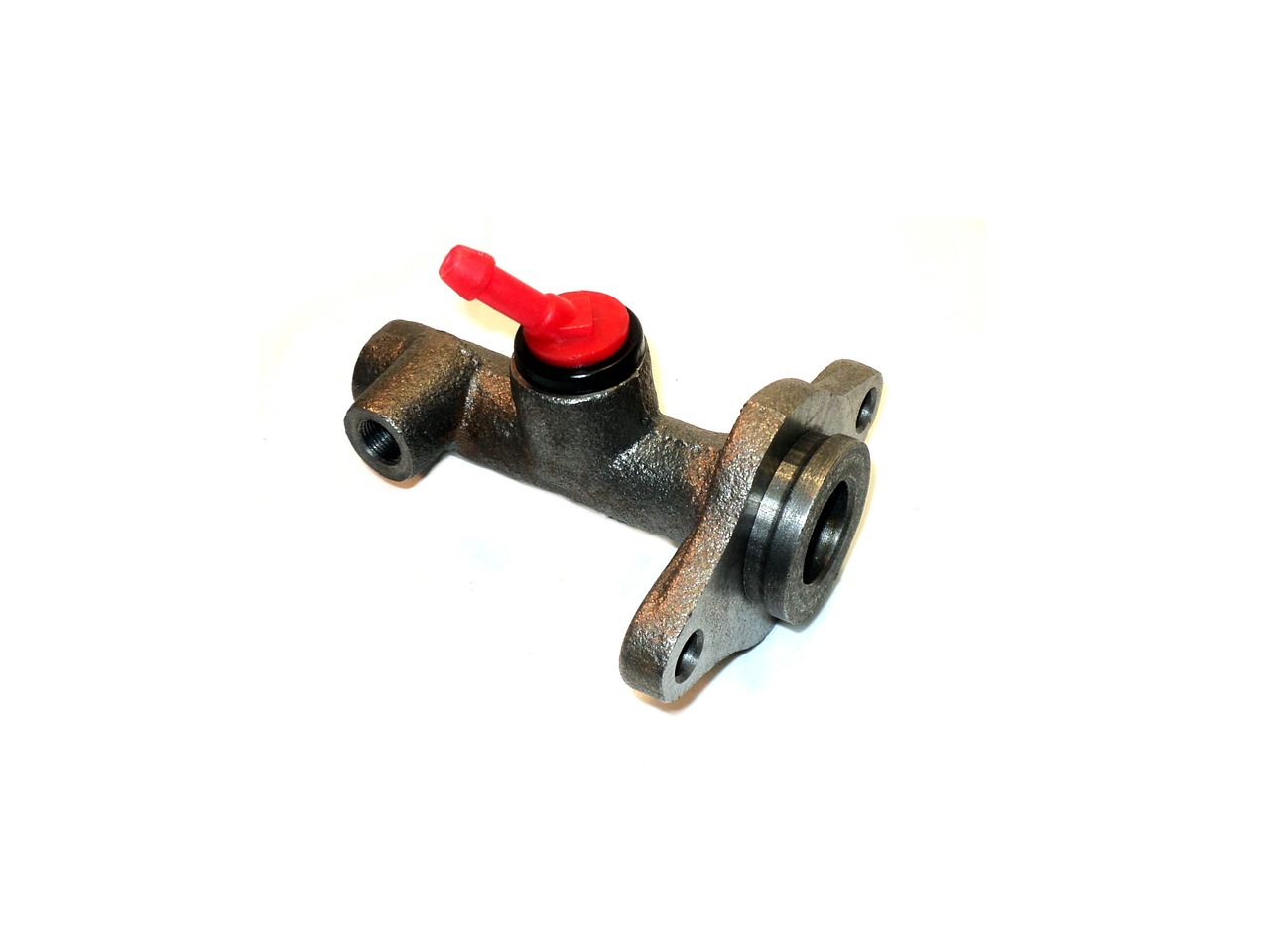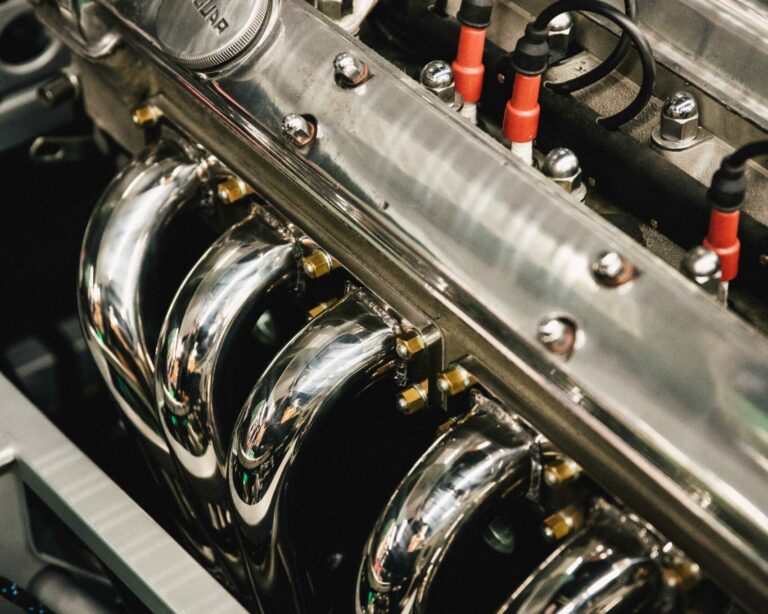How Wearable Devices are Being Integrated with Vehicle Systems
11xplay online id, diamondexch9 login, sky exchange registration:Wearable technology has become increasingly popular in recent years, with devices like smartwatches and fitness trackers becoming a staple in many people’s lives. These devices offer a wide range of features, from tracking fitness and health metrics to providing notifications and even making payments. But one area where wearable technology is really starting to make an impact is in the automotive industry.
Many car manufacturers are now integrating wearable devices with their vehicle systems to enhance the overall driving experience. These integrations can provide drivers with valuable information and features that make driving safer, more convenient, and even more enjoyable. In this article, we’ll explore how wearable devices are being integrated with vehicle systems and the benefits they offer to drivers.
1. Integration with In-Car Infotainment Systems
One of the most common ways that wearable devices are being integrated with vehicle systems is through in-car infotainment systems. By connecting a smartwatch or fitness tracker to the car’s infotainment system, drivers can access a range of features and functions right from their wrist. For example, they can control music playback, make hands-free calls, and even get turn-by-turn navigation directions without taking their hands off the wheel.
2. Health and Wellness Monitoring
Some car manufacturers are incorporating health and wellness monitoring features into their vehicles, which can be accessed through wearable devices. For example, wearable devices can track a driver’s heart rate, stress levels, and even fatigue levels, providing valuable insights into their overall well-being. This information can then be used to adjust the car’s settings, such as adjusting the air conditioning or playing calming music, to help keep the driver relaxed and focused on the road.
3. Remote Vehicle Control
Another way that wearable devices are being integrated with vehicle systems is through remote vehicle control features. With a smartwatch or other wearable device, drivers can lock and unlock their car doors, start the engine, and even locate their vehicle in a crowded parking lot all from the convenience of their wrist. This can be especially useful in situations where a driver has forgotten where they parked or needs to quickly access their car in an emergency.
4. Driver Assistance and Safety Features
Wearable devices are also being used to enhance driver assistance and safety features in vehicles. For example, some car manufacturers are developing wearable devices that can monitor a driver’s movements and alert them if they show signs of drowsiness or distraction. These devices can then prompt the driver to take a break or refocus their attention on the road, helping to prevent accidents and improve overall safety.
5. Vehicle Maintenance and Monitoring
In addition to enhancing the driving experience, wearable devices are also being used to monitor and maintain vehicle health. For example, some car manufacturers are developing smartwatch apps that can track a vehicle’s fuel efficiency, tire pressure, and maintenance schedule. This allows drivers to stay on top of their vehicle’s maintenance needs and address any issues before they become major problems.
6. Environmental Impact and Efficiency
Some car manufacturers are even using wearable devices to promote eco-friendly driving habits. By tracking a driver’s behavior and providing real-time feedback on fuel efficiency, emissions, and energy consumption, wearable devices can encourage drivers to adopt more sustainable driving practices. This not only benefits the environment but also helps drivers save money on fuel costs in the long run.
In conclusion, wearable devices are playing an increasingly important role in the automotive industry, with car manufacturers finding innovative ways to integrate them with vehicle systems. From in-car infotainment systems to health monitoring features to remote vehicle control, wearable devices offer a host of benefits to drivers, making driving safer, more convenient, and even more environmentally friendly. As technology continues to evolve, we can expect to see even more exciting developments in the integration of wearable devices with vehicles in the future.
FAQs
Q: Are wearable devices compatible with all vehicle makes and models?
A: Compatibility may vary depending on the make and model of the vehicle and the type of wearable device. It’s best to check with the manufacturer or consult the device’s user manual for specific compatibility information.
Q: Can wearable devices be used to control all aspects of a vehicle?
A: While wearable devices can offer a wide range of features and functions, not all aspects of a vehicle may be controllable through a wearable device. It’s important to understand the limitations of the integration between the wearable device and the vehicle system.
Q: Are there any privacy concerns with using wearable devices in vehicles?
A: Privacy concerns are always a consideration when using technology that collects personal data. It’s important to review the privacy policy of the wearable device and understand how your data is being used and shared with third parties.
Q: How can I best take advantage of the integration between my wearable device and my vehicle?
A: To make the most of the integration between your wearable device and your vehicle, familiarize yourself with the available features and settings. Experiment with different functions and settings to find the combination that works best for your driving needs and preferences.







